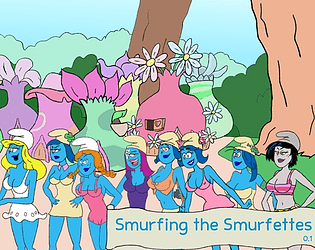Dracula. Frankenstein's monster. The Invisible Man. The Mummy.
And, of course, the Wolf Man.
These iconic horror figures have evolved and adapted over time, defying singular interpretations while consistently terrifying audiences across generations. Recently, we've seen a new Dracula (in Nosferatu form) from Robert Eggers, Guillermo del Toro is crafting a modern Frankenstein, and now writer-director Leigh Whannell offers his unique vision of the Wolf Man.
But how does a filmmaker like Whannell captivate modern audiences with yet another werewolf story, particularly one centered on the Wolf Man? More broadly, as Whannell himself notes, how do any of these filmmakers make these classic monsters frightening and relatable in the 21st century?
Gather your silver, prepare your wolfsbane, sharpen your stakes—and hone your ability to decipher the symbolic depths of monster lore—because we discussed Whannell's approach, exploring the impact of classic monster movies on his work, his strategy for revitalizing beloved creatures like the Wolf Man in 2025, and ultimately, why you should care.
 Home
Home  Navigation
Navigation






 Latest Articles
Latest Articles










 Latest Games
Latest Games

![Alienated – Version 0.1 [Kalin]](https://imgs.xddxz.com/uploads/11/1719569224667e8b4862374.jpg)










